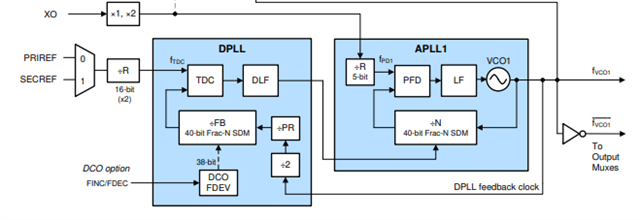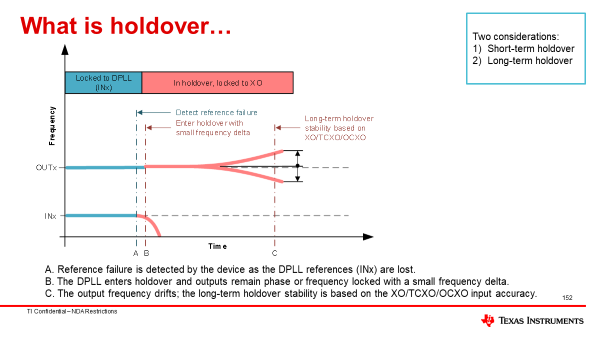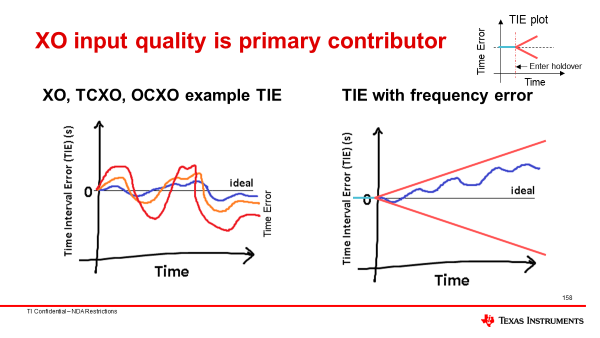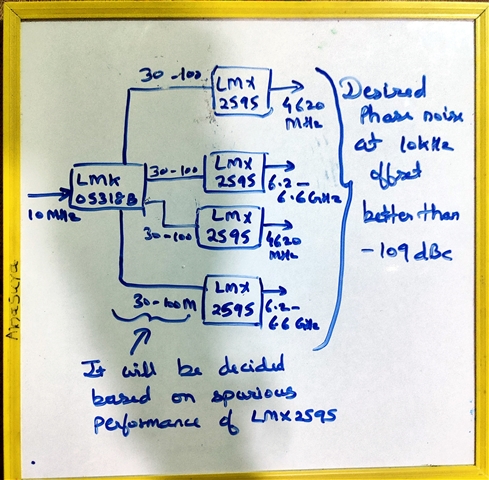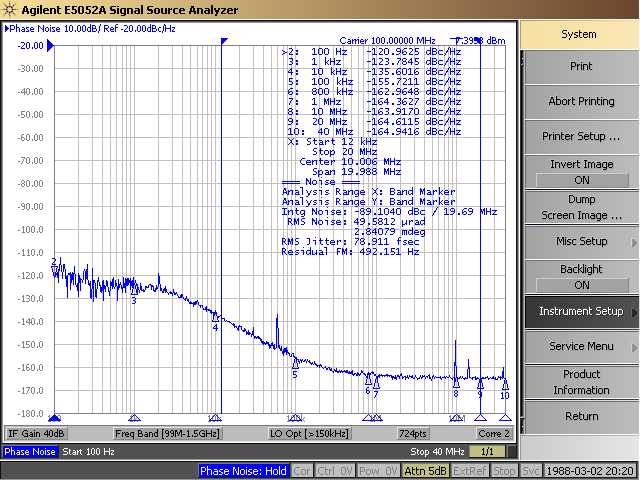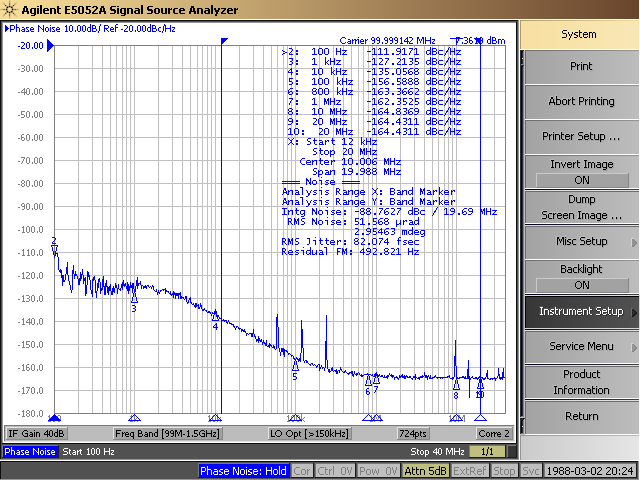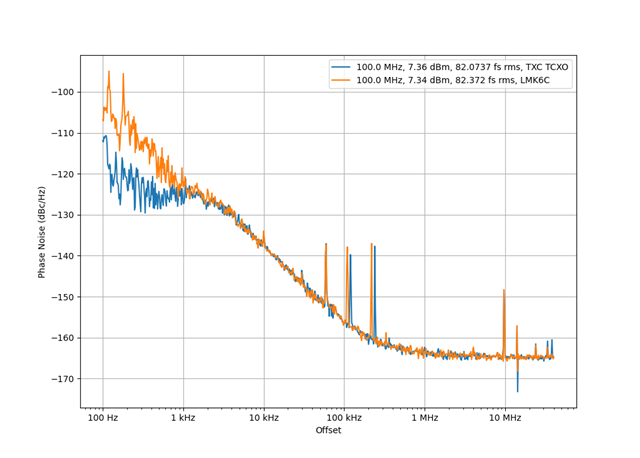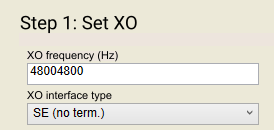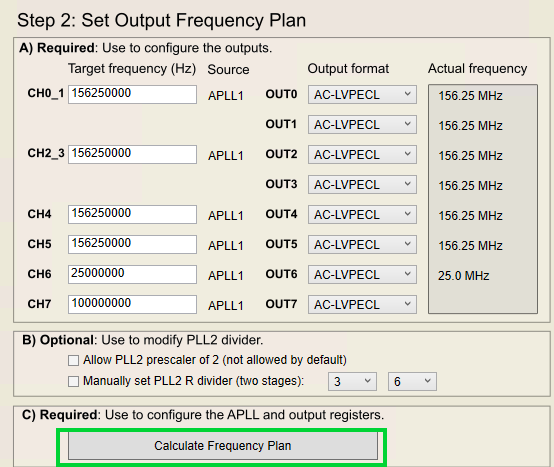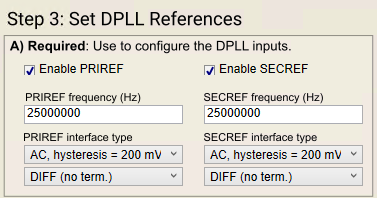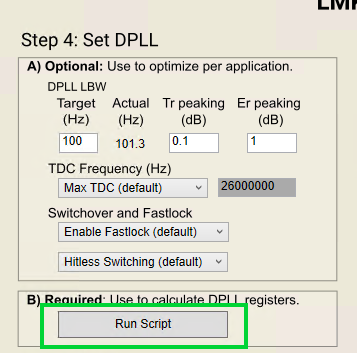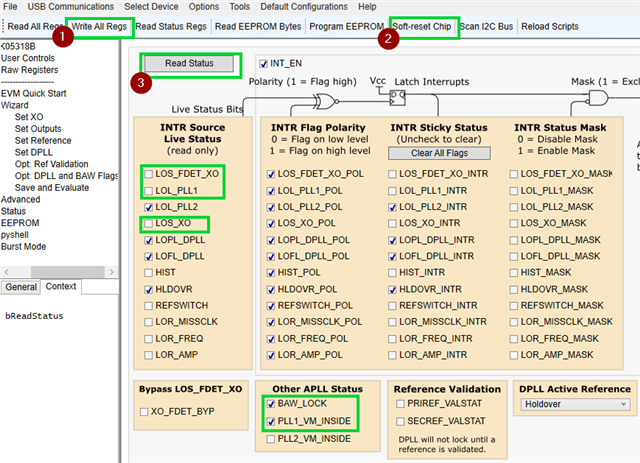Other Parts Discussed in Thread: LMK05318B, , LMK05318, LMX2595
Tool/software:
Dear Texas Instruments Support Team,
I am currently working on a high-performance clocking solution that incorporates the LMK05318B as the jitter cleaner and clock generator in my system. We are evaluating this part using the LMK05318BEVM evaluation module, and the results so far are very promising.
To ensure optimal layout for low-jitter performance in our custom design, we would like to refer to the original Gerber files or PCB layout of the LMK05318BEVM board as a reference for best practices in layout, impedance control, decoupling, and routing of differential clock signals.
We understand that these files may not be publicly available; however, if possible, we are willing to sign a Non-Disclosure Agreement (NDA) to gain access, solely for internal use and layout guidance.
Could you please let us know the process or requirements to obtain the Gerber or Altium files for the LMK05318BEVM?
Thank you very much for your support.
Best regards,


